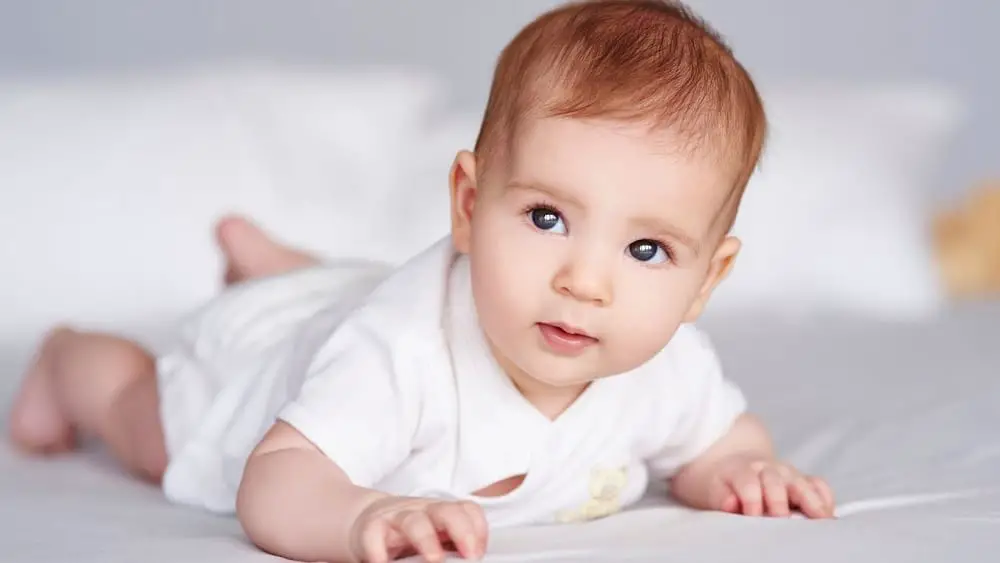As a parent, you’ve probably got some questions regarding the texture and growth of your baby’s hair.
Some newborn babies will have a full head of wispy hair whilst others may have barely any, however, this isn’t to say that it will stay the same throughout the early stages of their baby years.
Baby’s hair texture can change a lot over the first 24 months of their lives and when their hair reaches the ‘final’ stage it may look completely different from what it did when they were born.
So if you’re curious about the various stages that your baby’s hair texture will go through then keep on reading to find out more.
What Causes A Baby’s Hair Texture To Change?
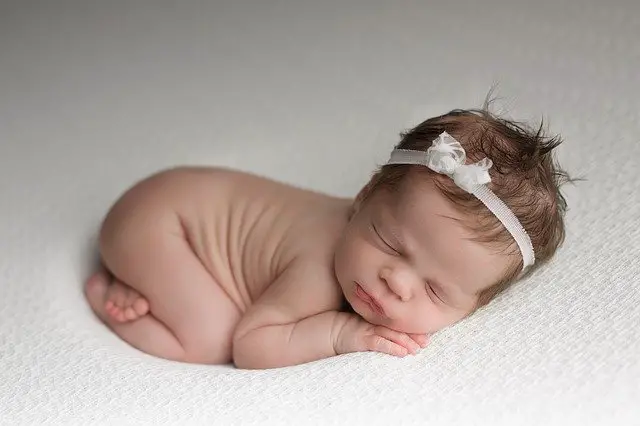
Babies are normally born with soft wispy hair on their heads which will often change into straight, wavy, or curly hair by the age of 2.
However, your baby should go through 3 hair texture changes in the first 24 months of their life, and sometimes you may not even notice.
Stage 1: Lanugo Hair
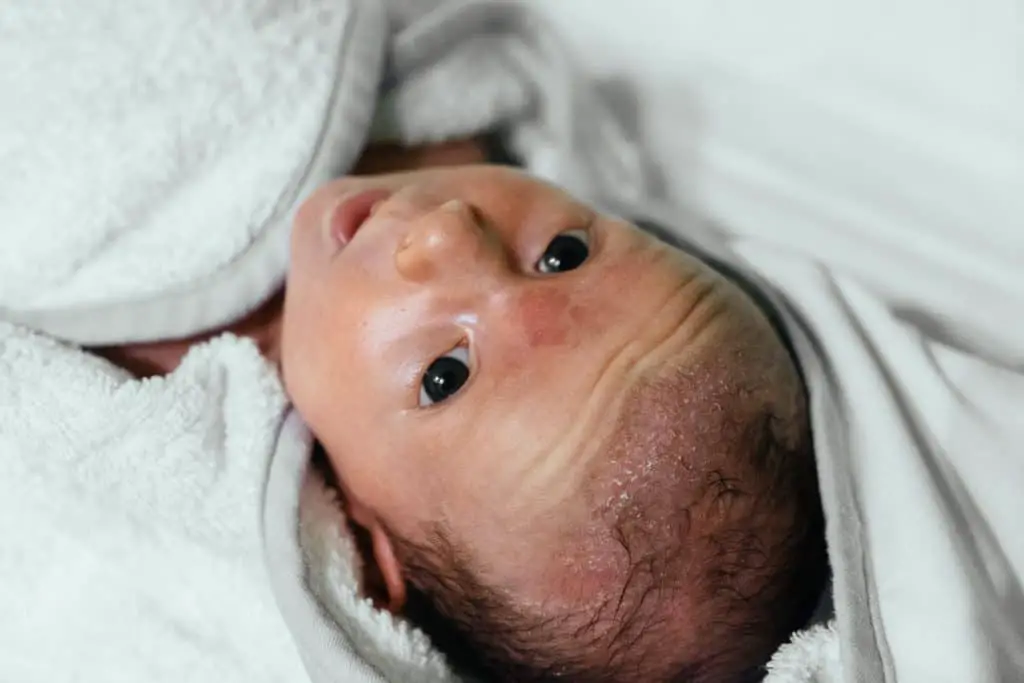
At around 5 months of gestation, your baby will begin to grow lanugo hair which is a thin, soft unpigmented hair that grows over the head and body to keep the baby warm and protected.
It’s common for the lanugo hair to fall out after birth but it can also grow back quickly.
Stage 2: Vellus Hair
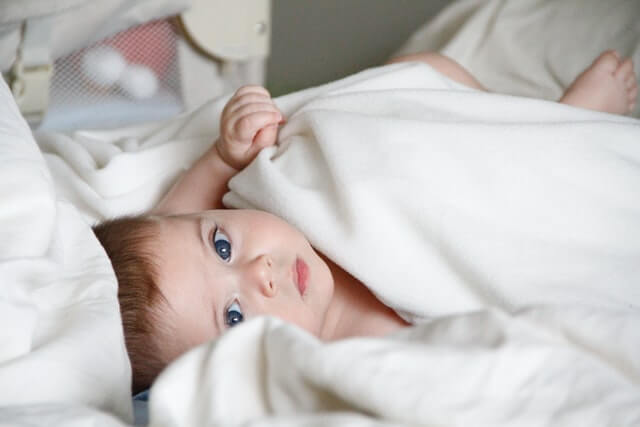
The next phase is the development of vellus hair and it lasts around 6 months. This is where the baby’s hair will become thinner and less dense.
Vellus hair is short, soft, and light-colored and covers most of the body, and is commonly referred to as peach fuzz.
Vellus hairs are predominantly present in areas with a lot of sebaceous glands like the scalp as it helps regulate the body temperature through evaporation.
Around 25% of your baby’s hair at this stage will be vellus hair, although the rest will be made up of lanugo or terminal hair depending on what age your baby is.
Stage 3: Terminal Hair
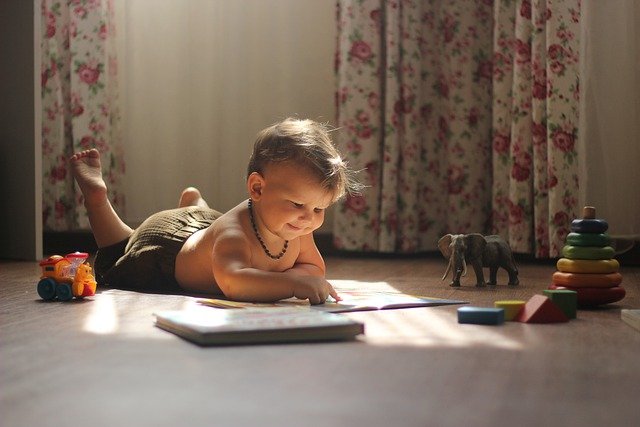
This is the third stage and normally occurs around the point in which your baby will turn 1, but may vary depending on your baby’s gender and growth progress. This stage will last until they’re around 24 months old.
Terminal hairs are long strands of hair that grow from follicles in the skin and they’re often darker and thicker, giving the appearance of a fuller head of hair.
Therefore, a baby’s hair may change in texture because it is going through either of these 3 stages of hair change.
Their hair might become curlier or straighter as they grow through the stages and babies may experience these hair changes at different stages of the first 2 years of their life depending on the hormone changes in their bodies.
The 4 Stages Of Growth
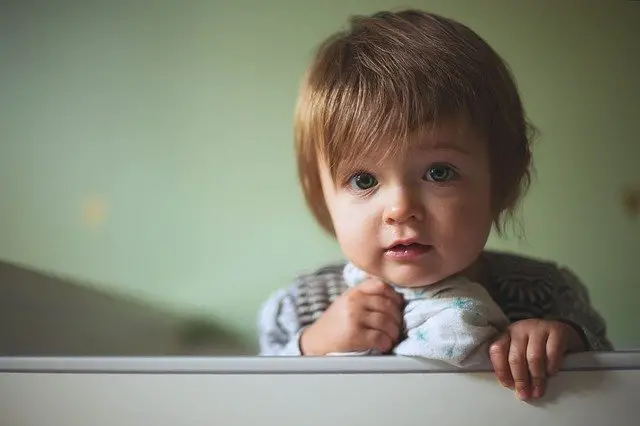
However, the stages above aren’t the only changes your hair goes through as a baby begins to grow. The hair also goes through 4 growth stages which are called anagen, catagen, telogen, and exogen.
1. Anagen
Anagen is the active growth phase and will last around 2 to 7 years on the scalp and only 4 to 7 months on the body.
The anagen hairs are the ones that produce color and will grow at different rates depending on the development of hormones in the body.
Normally, the hair on your scalp will grow at around 1cm every 28 days. Those with short hair will have shorter anagen phases whereas those with longer hair will have longer anagen phases.
2. Catagen
Catagen is the transitional phase and takes place after the start of anagen and the beginning of telogen.
The hair shaft will become keratinized and strong due to the protein keratin, however, you may not notice a reduction in hair growth at this time as the hair is resting before it grows again.
The phase normally lasts around 2 weeks to 21 days and nearly 3% of baby hairs will be in this phase at all times.
3. Telogen
Telogen is the resting phase of the hair follicle and remains until it is pushed out by a new growing anagen or sheds in the exogen phase. The telogen phase can last from 3 to 9 months and will make up for nearly 15% of hairs during this time.
4. Exogen
Exogen is the phase where the hair sheds and can last for 2 to 5 months whilst new hair follicles are growing as the old hairs fall away.
This hair loss is completely normal and will grow back stronger and longer especially as your baby gets older.
What Causes Baby Hair To Be Straight Or Curly?
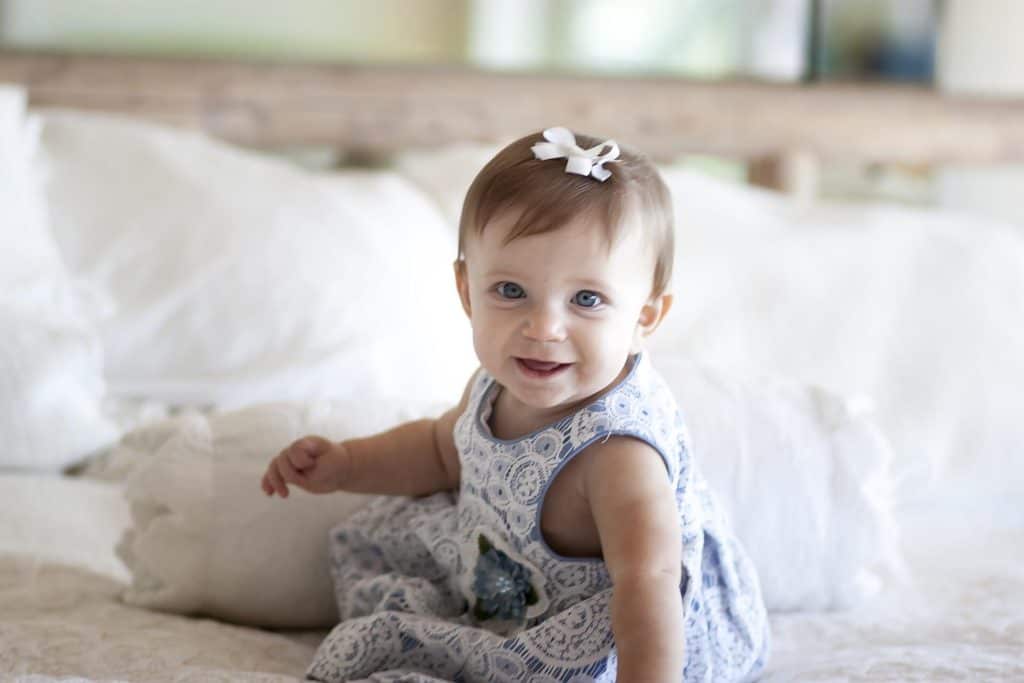
The hair texture of your baby is determined by the genetics of the parents, so if both parents have straight hair then there’s a high chance that the baby will as well.
However, sometimes a baby’s hair is unpredictable and it’s not uncommon for a baby to have curly hair whilst the parents have straight hair this is due to the different genetic combinations in pregnancy (i.e could come from another relative).
Your baby could also develop curly hair in their first 24 months of life, but may then grow up to have straight hair as they get older.
Straight hair is caused by round follicles, curly hair is caused by oval hair follicles whilst kinky/wavy hair is because the hair follicles are neither round nor oval.
What Hair Color Will Your Baby Have?
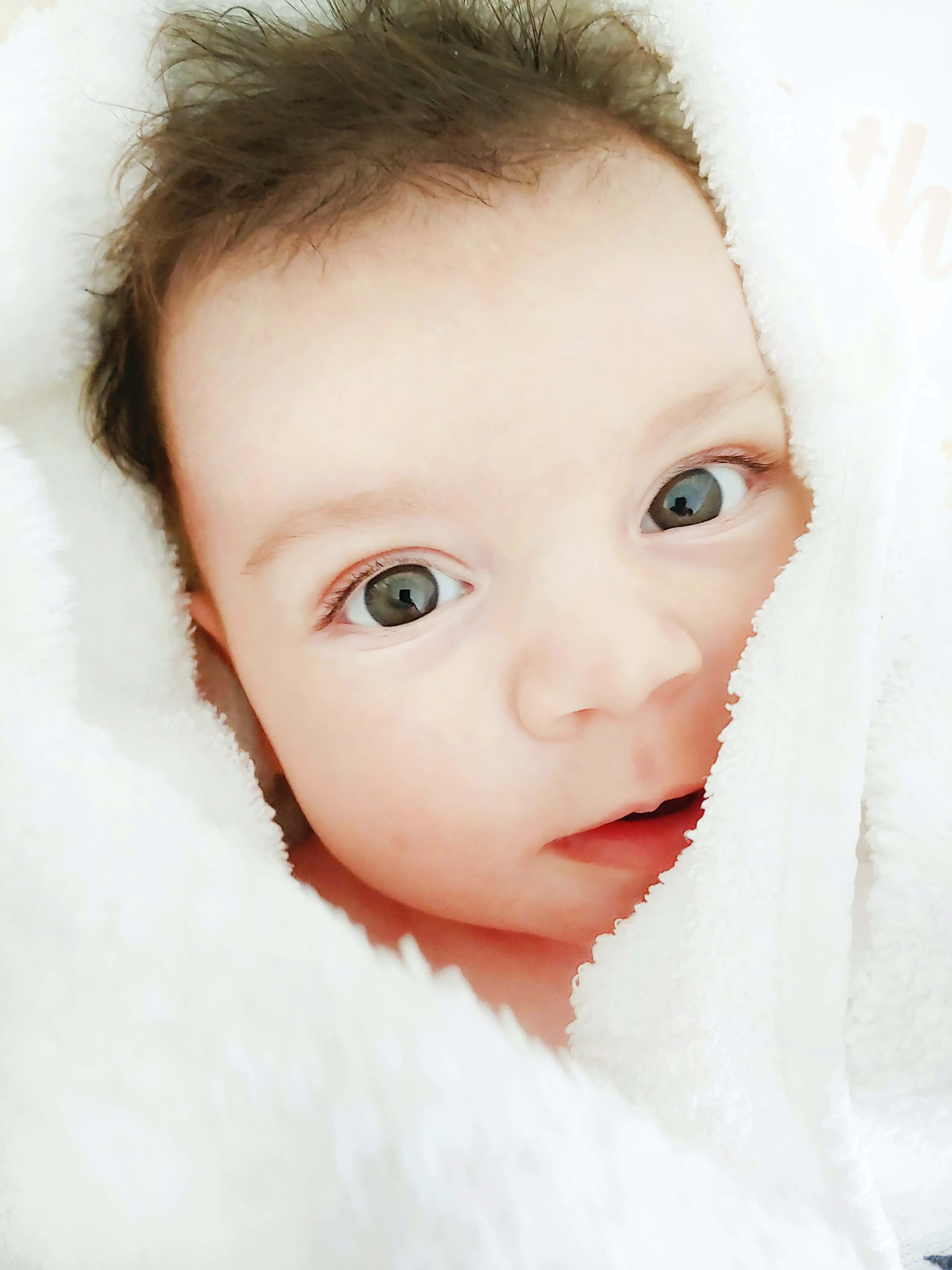
Hair color is determined by the melanin hormone and the ratio of the melanin pigments that are present in the body.
The two types of melanin pigments are eumelanin which produces black and brown colored hair, and also pheomelanin which produces red or yellow colored hairs.
Therefore if a baby has more pheomelanin in their body, they’ll have blonde or red-colored hair and vice versa for eumelanin.
Some babies may have blonde hair when they’re younger but as they get older the hair gets darker this is due to the late activation of melanin pigments.
Even if both parents have dark hair, a baby could still have blonde hair due to the genetic makeup in their body. So hair color can be difficult to predict.

